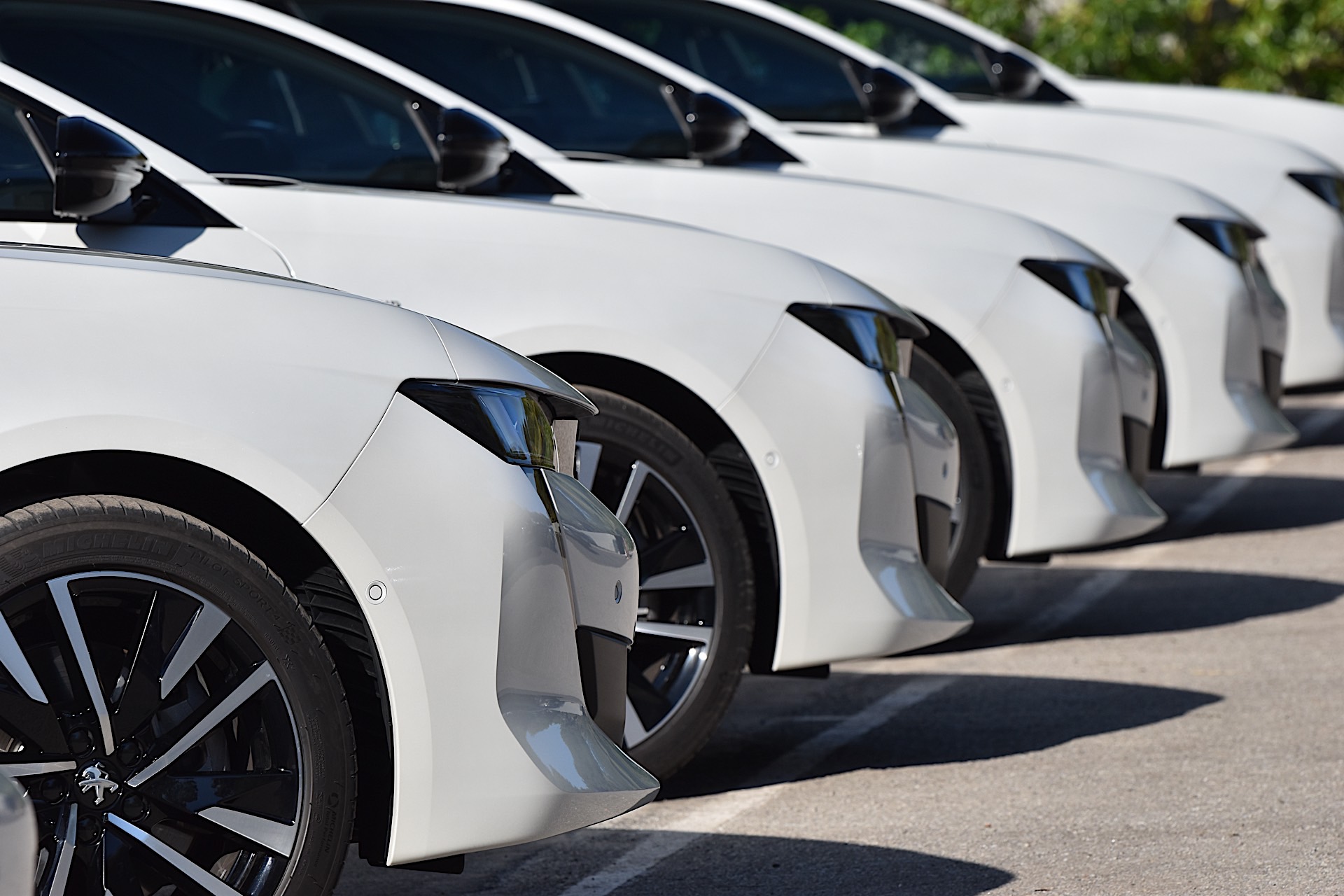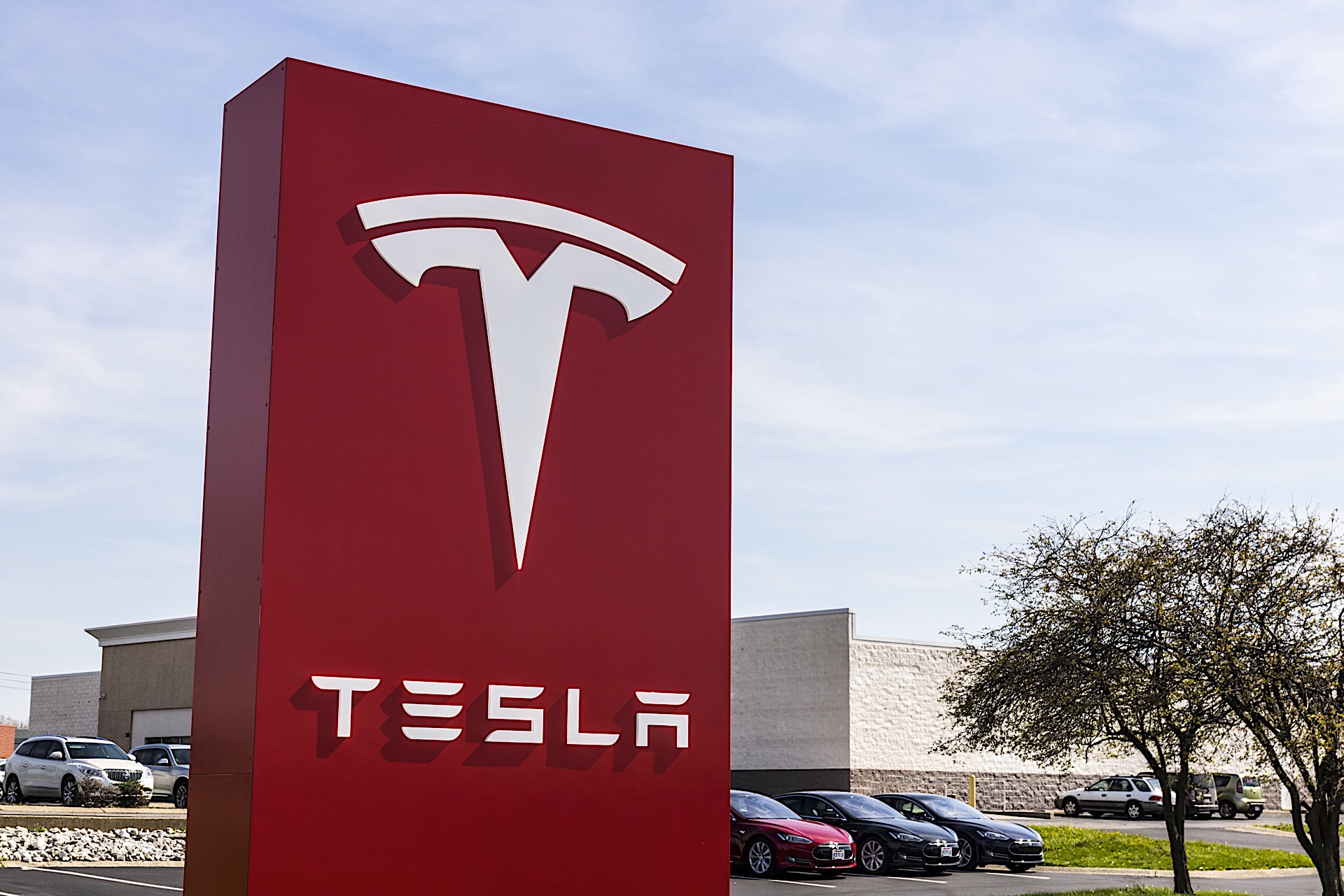
Last week headlines littered the internet with Elon Musk indicating he might be interested in merging Tesla with another automaker in the near future. There are hundreds of reasons that this makes sense, but there is really only one auto conglomerate that can offer Tesla what it needs while needing what Tesla offers. That’s right, it’s Stellantis. The as-yet-unfinished ‘merger of equals’ between Fiat Chrysler and France’s PSA Group. Stellantis and Tesla make perfect sense for each other, it is the prophecy that has been foretold. And I’ll tell you why.
Fiat Chrysler, makers of those ridiculous mega-polluter Hellcat-everything monstrosities, already pays Tesla hundreds of millions of dollars per quarter to avoid billions in regulatory fines for not meeting European emissions standards. Similar fines are applied to Dodge, Jeep, and Chrysler vehicles in U.S. municipalities for failure to sell a balanced diet of compact efficient vehicles. The prior-generation Fiat 500E, for example, only existed in the state of California to offset the company’s Dodge pickup truck sales. With that car now dead, and its replacement apparently not headed to this country at all, FCA/Stellantis will have to purchase extra offset credits from Tesla in order to avoid getting kicked out of California altogether.
Much of the impetus for FCA’s 50 billion dollar merger with PSA Group was a desire for small car technology, access to efficient engines, avoiding costly Euro 5 emissions fines, and sharing resources like factories and dealership networks to cut costs. PSA’s Peugeot and Citroën already offer a fullbevyy of hybrid and battery electric vehicles, which post-merger could be blended into the existing Fiat, Chrysler, Dodge, Ram, and Jeep lineups. As of right now, FCA offers only a hybrid Ram and the Pacifica PHEV as its entire electrified lineup in the U.S. market. While 4xe plug-in Jeeps are coming, none have yet been delivered stateside.

For what is about to become the world’s fourth-largest automaker, that’s a pretty poor record on electrification, and it could use some help. While PSA will bring some manufacturing, technology, and design expertise when it comes to hybrid and electric vehicles, nobody can really bring more to the table in that arena than Tesla can. Batteries, efficiencies, charging infrastructure, and more, Tesla could instantly provide this upcoming Stellantis venture a shot in the arm which it so desperately needs.
The perhaps more important question here is what Stellantis can offer to Tesla. Obviously the king of electric car sales has done quite fine on its own for fifteen years of growth and headline-capturing madness, right? What could Tesla hope to learn from a *scoffs* legacy automaker? Well, for one thing, increased profitability. For another, economies of scale. A few more for good measure, an international network of factories, dealerships, suppliers, working capital, and employees to grow the Tesla brand exponentially faster than it has been.

Tesla sells four cars. The S hasn’t received a substantial update since 2012, the X is basically a tall S, and the Y is basically a tall 3. Tesla shifted about 370,000 units total in 2019, while just the Ram brand alone moved 633,000 units in that same time. While Tesla is a growing global brand, it just doesn’ — —and currently can’ — —build enough cars to sustain long-term per-vehicle-sale profit. As the legendary Matthew McConaughey once said, “You gotta pump those numbers up. Those are rookie numbers.”
And while Tesla is on track to deliver more vehicles in 2020 than it had in 2019, it’s still not going to come close to Stellantis’ huge global deliveries. Put another way, Tesla has four automobile factories, only two of which are currently operational. The automaker which will soon be known as Stellantis has 14 brands with multiple production facilities per. Can Tesla continue down the solo growth path to eventually become a hugemultinationall giant to fight the likes of even bigger Toyota, General Motors, Volkswagen, and Stellantis? I will admit that it’s a Giant Mecha vs. Kaiju battle that I’d love to watch go down in real time, but that road is a much more difficult one for Tesla to walk alone.
With the help of a company that has been through the wringer and come out the other side more than once, Tesla could have the potential to actually live up to its stock share price. Musk recently said that he wanted Tesla to focus on profitability, which has as-yet been a difficult task. Tesla currently doesn’t make a profit on per-unit sales, only just barely squeaking into the black by dint of its regulatory carbon credit sales to big non-EV legacy brands like those found in the FCA portfolio.
There are only two paths to profitability in the car world. Charge more, or reduce costs. Tesla is working toward a battery which costs less than 100 dollars perkilowatt-hourr to build, which will help tremendously if it can be achieved. Volkswagen says it is already there with volume purchasing and supplier relationships. Perhaps a global juggernaut like Stellantis can help Tesla with its battery costs. And seat costs. And steering wheel costs. And sheet steel costs. And tooling costs. And design costs. And … You get the point.
There is only one automotive company that Tesla can and should merge with. It’s gotta be Stellantis.


